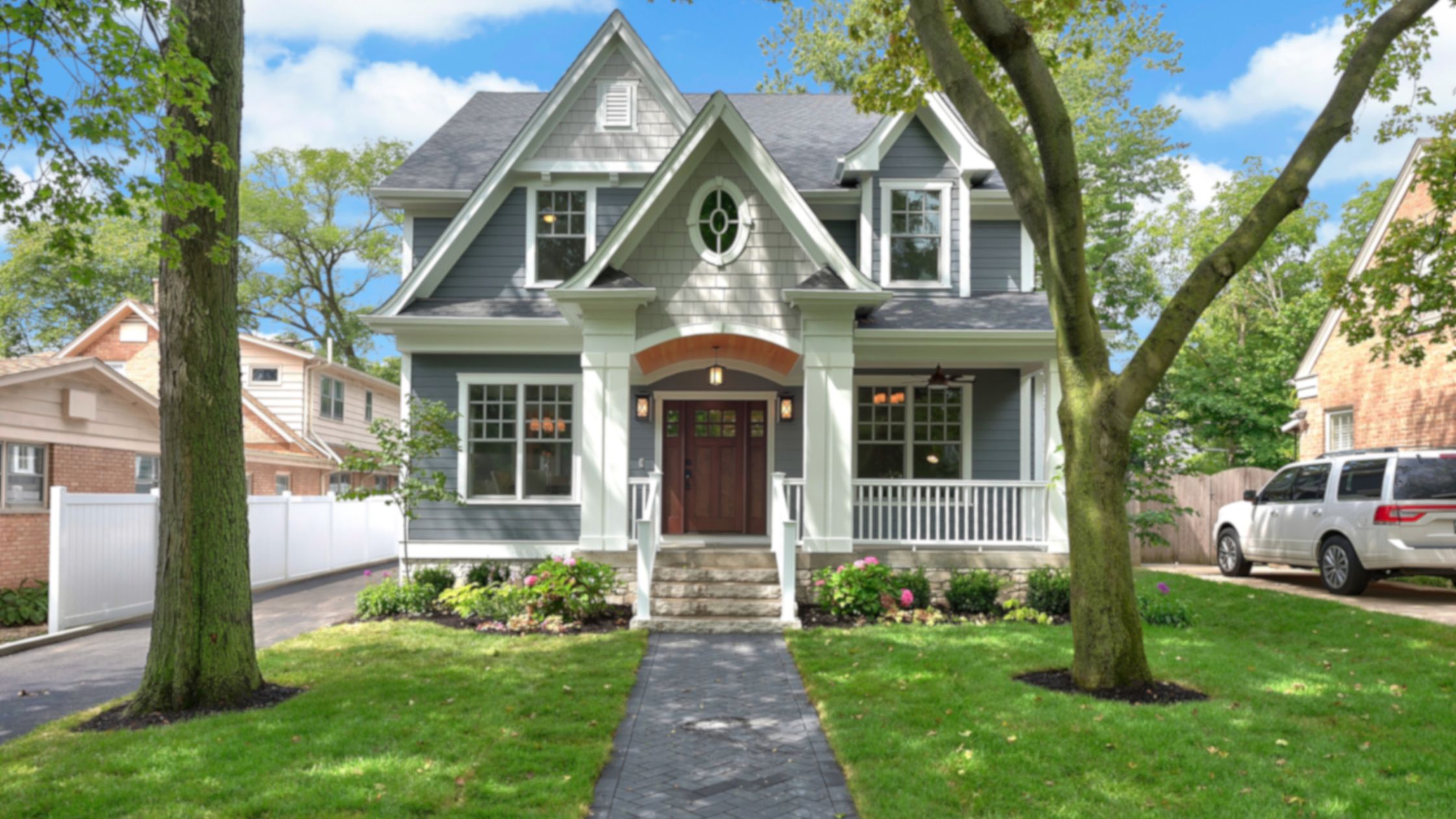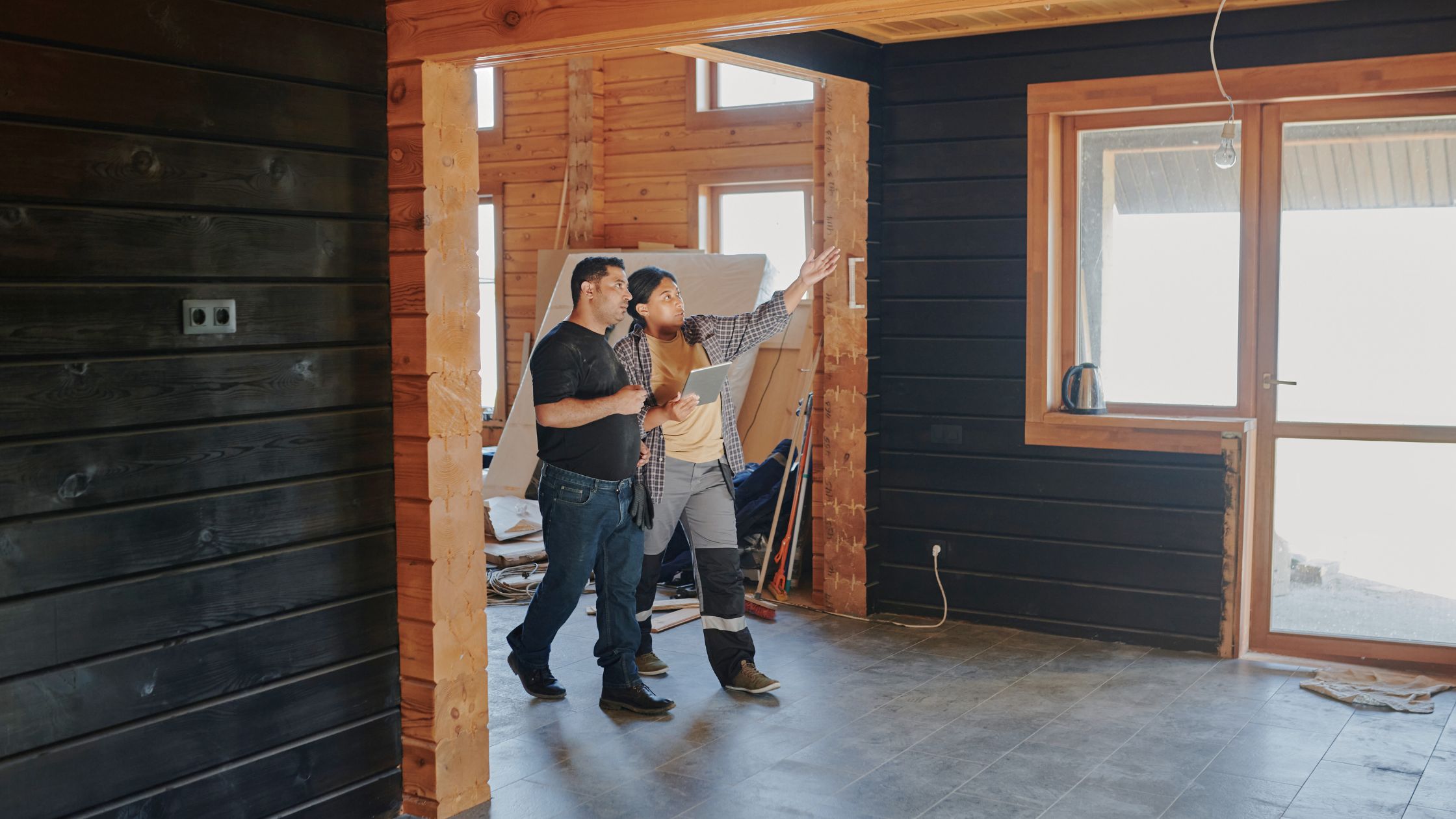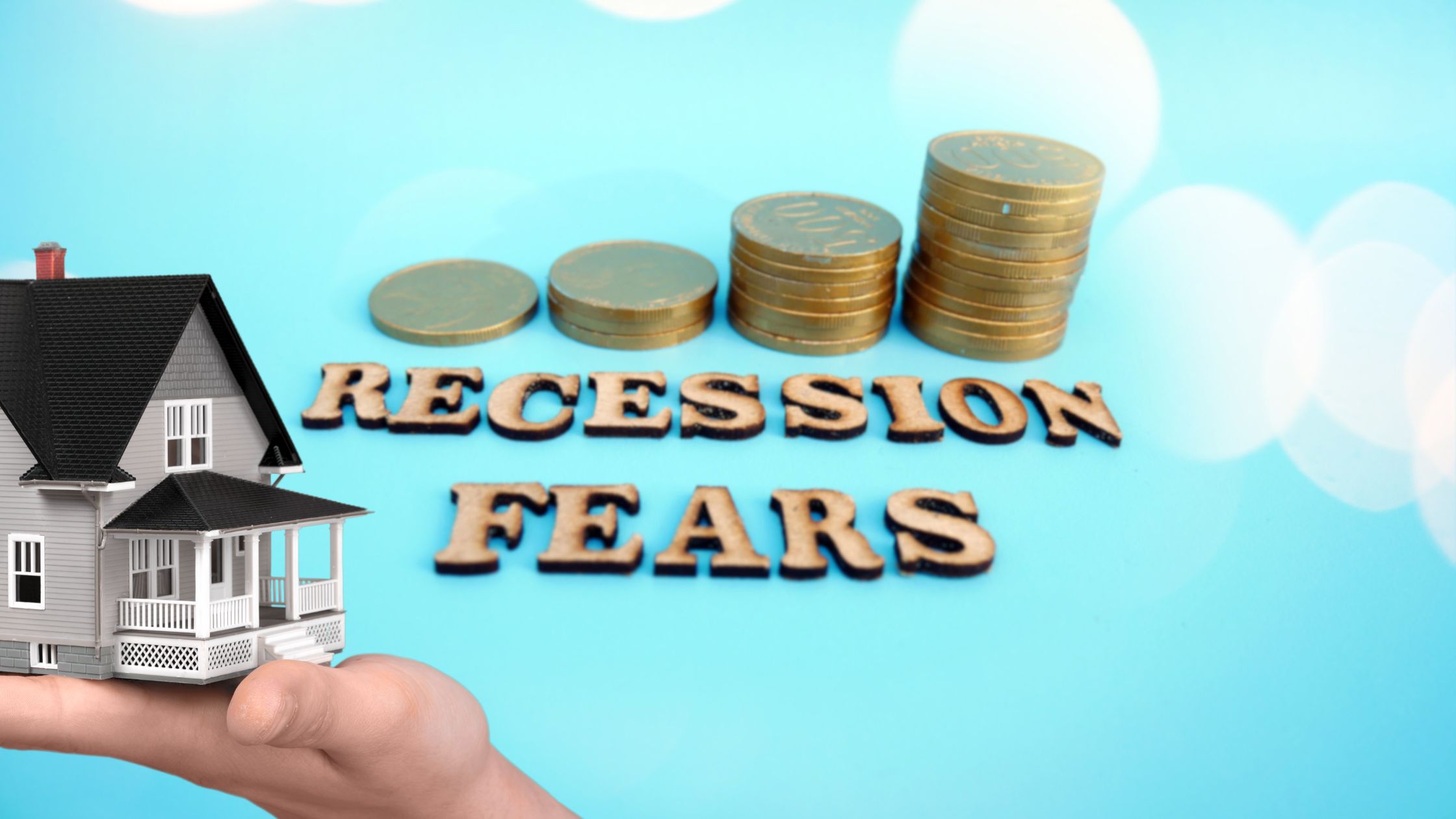Illinois Real Estate by the Numbers: 2025 Market Infographic & Breakdown
Illinois Real Estate by the Numbers: 2025 Market Infographic & Breakdown offers a clear look at a market defined by limited inventory, rising mortgage rates, and intense competition—especially in suburban Chicagoland.
Home buyers face tight supply and affordability hurdles, while sellers benefit from strong demand and quick-moving transactions. Key dynamics shaping this landscape include persistent low housing supply, year-over-year price growth, and regulatory changes impacting transaction transparency and agent compensation.
Understanding these trends is essential for anyone entering the Illinois real estate market in 2025. Whether you’re buying your first home, selling in a sought-after neighborhood, or investing with an eye on future returns, knowledge of current conditions helps you make smart decisions.
For sellers looking to enhance their property’s appeal, kitchen remodeling and exterior improvements can significantly increase property value. Additionally, homeowners can explore practical renovation ideas aimed at lowering energy costs which not only helps lower monthly bills but also improves the overall energy efficiency of homes.
This market breakdown highlights the numbers driving today’s activity and equips readers to navigate shifting conditions with confidence.
Current State of the Illinois Real Estate Market
Limited inventory, rising mortgage rates, and low housing affordability have reshaped the Illinois real estate market in 2025. Homebuyers face a landscape where choices are scarce and competition is fierce.
Impact of Limited Inventory
- Inventory levels in Illinois remain well below historical averages, hovering at about two months’ supply compared to the typical six months.
- Fewer available homes mean buyers encounter multiple-offer situations on most well-priced properties.
- Quick sales have become the norm—many homes go under contract within days of listing, especially in suburban Chicagoland.
- First-time buyers feel this pressure acutely, often losing out to cash buyers or those willing to waive contingencies.
Rising Mortgage Rates and Affordability
- The average 30-year fixed mortgage rate stands at 6.84% as of February 2025.
- Higher borrowing costs limit purchasing power, pushing some would-be buyers out of the market entirely or forcing them to settle for less desirable options.
- Monthly payments have climbed sharply compared to previous years, directly impacting household budgets.
- Some buyers turn to adjustable-rate mortgages or larger down payments to offset these higher rates—a strategy that comes with its own risks.
Low Housing Affordability: Implications for Buyers and Sellers
- Buyers must stretch their finances further than before, leading to increased scrutiny of every dollar spent.
- Sellers benefit from elevated prices but may hesitate to list if they also need to buy a replacement home at today’s higher rates and prices.
- Affordability challenges exclude many from homeownership altogether, shifting demand toward rentals. This shift towards renting in Illinois puts additional pressure on that segment of the market.
The current market environment demands adaptability from all sides—buyers must act decisively, sellers assess their next moves carefully, and both face a landscape defined by constrained supply and costlier financing.
Moreover, there’s a growing trend towards rehab and renovation, which allows homeowners to transform older properties into modern living spaces. For those who do manage to purchase a home, exploring Illinois homeowner programs can provide valuable resources for affordable remodeling.
However, these challenges are not unique to Illinois. Similar issues are being faced in other parts of the country as outlined in this Harvard report on housing. Additionally, cities like Chicago are grappling with their own set of housing challenges, which further underscores the severity of the current real estate climate.
Home Sales and Prices in Illinois (February 2025)
Home sales in Illinois saw a slight year-over-year increase of 0.1% in February 2025, with 7,698 homes sold statewide. This uptick indicates a robust demand for properties despite the numerous challenges buyers face, such as limited inventory and rising mortgage rates.
Median Home Price Trends
- The median home price in Illinois rose by 6% to $283,000, showcasing an upward trend in property values over recent months.
- This increase is reflective of the steady demand and the competitive environment created by the constrained supply of homes.
Chicago Metro Area Dynamics
The Chicago Metro Area presents a unique set of dynamics:
- Although there was a minor decrease in home sales by 0.1%, the region experienced a significant 7.5% rise in median home prices, reaching $344,000.
- The city of Chicago itself reported a more complex scenario:
- A 3.1% decline in home sales
- An 18% drop in available homes for sale
- A notable increase in median prices by 9.1%, bringing the median price to $360,000
These figures highlight how home sales and median home prices vary significantly within different parts of Illinois, especially between urban centers like Chicago and broader metro areas. The sustained high demand amidst low inventory levels continues to drive price growth across the state.
Strategic Renovations and Home Improvements
Given this competitive market, homeowners may consider transforming their spaces to increase property value. For instance, renovating basements into functional living spaces can provide additional value.
Moreover, strategic planning for home improvements such as adding a sunroom or choosing the best materials for renovations can further enhance the property’s appeal.
It’s also essential to consider creating a family-friendly layout during renovations to cater to potential buyers’ needs. With these strategies in mind, buyers and sellers alike can navigate this competitive market more effectively.
Inventory Levels and Market Activity
Understanding inventory levels is crucial in the Illinois real estate market of 2025. The current inventory stands at around two months’ supply, a stark contrast to the typical six-month average observed historically. This significant reduction in available homes underscores the severity of the supply shortage.
Limited supply impacts market activity in several notable ways:
- Faster sales: Properties are selling quickly, often within days of being listed. Buyers need to act decisively, sometimes making offers immediately after viewing a home.
- Multiple offers: It is common for homes to receive multiple bids, pushing buyers into competitive situations where they must offer above asking prices or include favorable terms to secure a purchase.
The dynamics between supply and demand play a critical role in driving price growth. With limited inventory, the high demand for homes leads to upward pressure on prices. Sellers benefit from this environment by commanding higher prices, while buyers face challenges due to increased competition and escalating costs.
Examining these factors reveals how crucial it is for both buyers and sellers to stay informed about current market conditions. Understanding these dynamics can help you navigate the complexities of Illinois real estate effectively in 2025.
In such a volatile market, [bathroom remodeling](https://illinoisrdn.com/category/bathroom-remodeling) could be a strategic move for homeowners looking to increase their property’s value. A well-executed bathroom makeover can significantly enhance the appeal of a home, making it more attractive to potential buyers amidst the competitive landscape.
Moreover, with the ongoing supply shortage, homeowners might want to consider exploring options like bathroom tile renovations which can provide an excellent return on investment.
Mortgage Rates and Financing Trends
Rising mortgage interest rates have become a defining feature of the Illinois real estate market in 2025. Buyers face a different landscape compared to just a few years ago, as borrowing costs remain elevated. In February 2025, the average mortgage rate for a 30-year fixed loan registered at 6.84%. This figure marks a significant increase from the historically low rates seen during the pandemic era, and directly impacts monthly payments, stretching affordability for many households.
Economic factors such as inflation trends, Federal Reserve policy decisions, and national employment data continue to drive predictions for mortgage interest rate movement through the rest of 2025. Most analysts expect rates to gradually decline as inflation shows signs of cooling, but no sharp drops are anticipated in the immediate future. Housing demand is likely to remain strong even if rates moderate slightly, since inventory constraints persist statewide.
Buyers are adapting by exploring alternative financing options. There has been a noticeable uptick in applications for adjustable-rate mortgages (ARMs), which typically offer lower initial rates than traditional fixed-rate products. This shift is particularly pronounced among first-time buyers and those with tighter budgets who seek relief from high monthly payments.
Strategies Buyers Are Using
- Fixed-rate loans provide stability but come at a higher upfront cost.
- Adjustable-rate mortgages start with lower payments but carry risk if rates rise again after the introductory period.
- Some buyers leverage larger down payments or seek seller-paid points to buy down their rate.
Lenders have also reported increased interest in creative financing strategies and down payment assistance programs as consumers work to offset the impact of higher borrowing costs. This new environment requires careful planning and flexibility from anyone entering the Illinois housing market.
Evolving Real Estate Practices
Regulatory Changes from the National Association of REALTORS® Settlement in 2024
The real estate landscape in Illinois saw significant changes following a landmark settlement by the National Association of REALTORS® (NAR) in 2024. This settlement introduced new regulations designed to enhance transparency and fairness within the market. Under these new rules, compensation offers are no longer listed on Multiple Listing Services (MLS), requiring agents to negotiate fees privately.
Shifts Towards Transparency in Transactions
These regulatory changes have led to a notable shift towards greater transparency in real estate transactions. Buyers now need to enter into agreements with their agents before viewing homes, ensuring clarity regarding the agent’s role and compensation. This adjustment aims to eliminate any potential conflicts of interest and promote fairer dealings between buyers and sellers.
Private Negotiation for Compensation Offers
One of the most impactful changes is the move towards private negotiation for compensation offers between agents representing different parties. This means that rather than having standardized commission rates displayed publicly, agents must discuss and agree upon these fees directly with their clients. This practice encourages more personalized service and can lead to better-aligned incentives between agents and their clients.
These evolving practices are reshaping how real estate transactions are conducted, promoting a more transparent, equitable, and client-focused approach. By understanding these changes, both buyers and sellers can navigate the market more effectively, ensuring they receive fair representation and competitive deals.
Housing Market Forecast for 2025
The Illinois housing market is expected to see continued price growth in 2025 due to persistent supply constraints. With inventory levels remaining low, the upward pressure on home prices is likely to persist. Analysts predict that home prices will continue to rise, albeit at a slower pace compared to previous years.
1. Forecasted Price Growth
In 2025, home prices in Illinois are projected to increase by an average of 4-6%. The Chicago Metro Area may experience slightly higher growth rates due to its high demand and limited supply.
2. Challenges of Limited Supply
The constrained housing supply poses significant challenges. Buyers face increased competition, often resulting in bidding wars and multiple offers on desirable properties. This competitive environment can lead to buyer frustration and prolonged search times for suitable homes. However, the state is taking significant steps towards addressing these issues with initiatives like the proposed middle-income housing program, aimed at making home ownership more affordable for middle-income residents.
3. Evolving Buyer-Seller Dynamics
Understanding the changing dynamics between buyers and sellers is crucial for navigating the market effectively. Sellers hold more negotiating power in a tight market, while buyers need to be well-prepared and responsive. Engaging with knowledgeable REALTORS® who understand local conditions can provide a competitive edge.
The interplay between limited supply, increasing demand, and evolving buyer-seller dynamics underscores the importance of strategic planning for all market participants. As prices continue their upward trajectory, staying informed about current trends will be essential for making sound real estate decisions.
By analyzing these factors, you gain insight into the complexities of the Illinois real estate market, better positioning yourself whether you’re buying, selling, or investing in 2025. For those considering remodeling their homes as part of their real estate strategy, resources such as our Illinois Remodeling Roadmap could prove invaluable. Additionally, understanding how to secure Illinois grants for home improvement could further ease financial burdens associated with such projects. Remember that energy efficiency grants are also available which can significantly reduce costs during a remodel.
Recommendations for Market Participants
Working with knowledgeable REALTORS® who understand local conditions offers a significant advantage in the Illinois real estate market. These professionals track hyper-local trends, stay on top of regulatory changes, and know how to position buyers and sellers for success in a fast-moving environment.
To stand out in Illinois’ competitive landscape, adopt these strategies:
- Partner with an experienced local agent: Choose a REALTOR® who can interpret the Illinois Real Estate by the Numbers: 2025 Market Infographic & Breakdown, providing you with actionable insights tailored to your target neighborhoods.
- Be proactive in your property search: Set up alerts for new listings, attend open houses early, and tour properties as soon as they hit the market. Hesitation often results in missed opportunities.
- Prepare to act quickly: Have your financing pre-approved, all decision-makers involved in advance, and be ready to submit strong offers—often above asking price or with flexible terms.
- Understand negotiation dynamics: With private compensation negotiations now commonplace, clarity around agent agreements is critical before touring homes.
In addition to these strategies, considering modern upgrades such as smart home technology or eco-friendly remodeling can significantly enhance the value of your property. Buyers and sellers able to combine local expertise with fast, informed action are best positioned to succeed. The most successful market participants leverage data, relationships, and preparation to turn market challenges into opportunities.
news via inbox
Nulla turp dis cursus. Integer liberos euismod pretium faucibua








